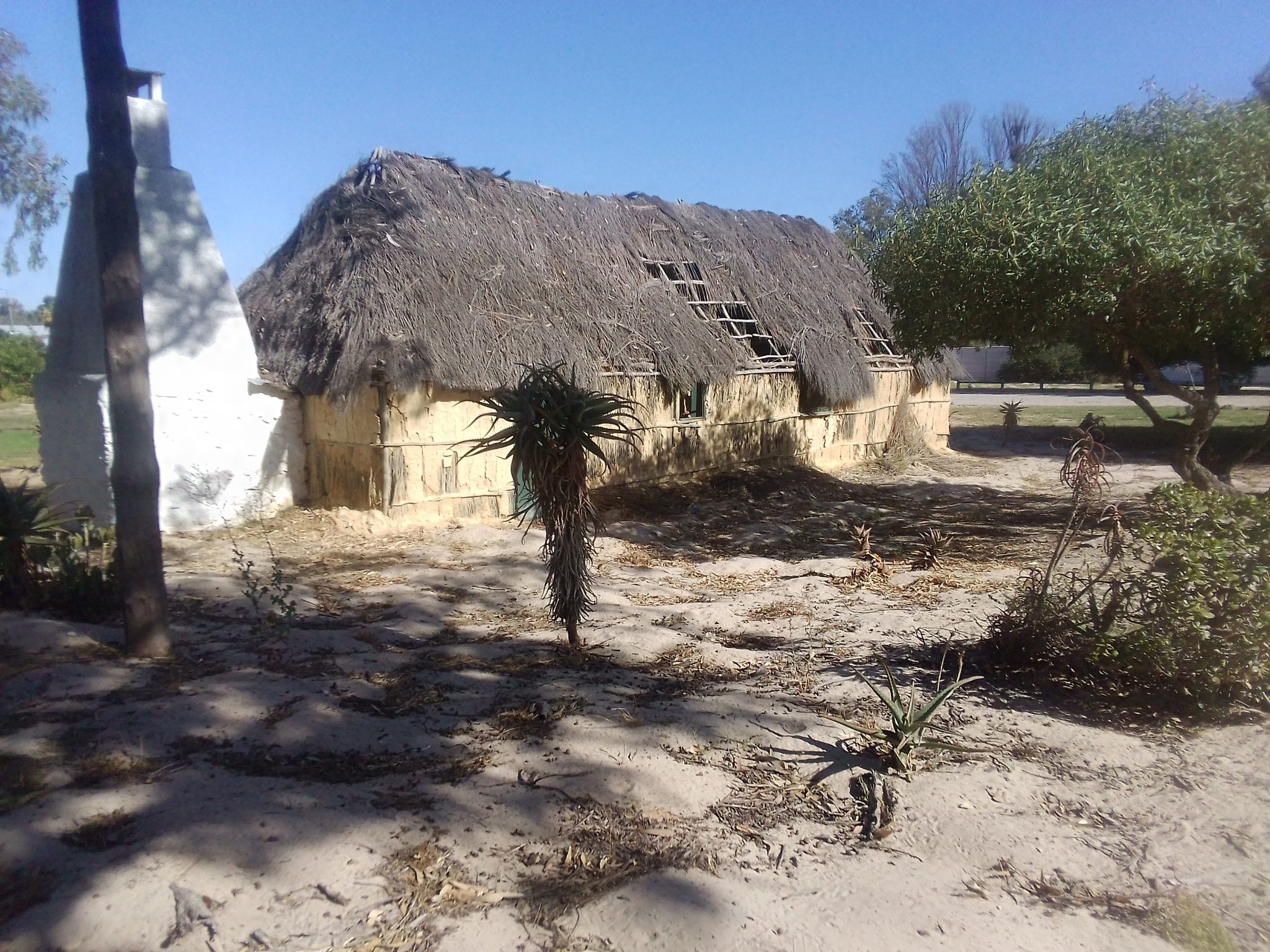Fact or Fiction?
Cape Coast News – March 2025
The Khoisan people, South Africa’s earliest inhabitants, have long been known for their rich history and deep cultural roots.
However, in recent years, a debate has emerged: How did Khoisan royal houses come about, and are the kings and queens truly of royal descent?
Did the Khoisan traditionally have kings and queens?
Historically, Khoisan societies were structured in small, kin-based groups led by respected elders rather than centralized monarchs. Leadership was based on age, wisdom, and consensus rather than hereditary rule. However, with European colonization and the changing political landscape, some Khoisan communities began adopting leadership structures resembling chieftainships.
In 2017, five Khoisan groups—the Korana, Griqua, Cape Khoi, Nama, and San—signed a historic restoration decree to unify and formalize their leadership structures. This was part of a broader effort to reclaim their heritage and gain official recognition.
Who makes Khoisan kings and queens?
The Traditional and Khoi-San Leadership Act provides a legal framework for recognizing traditional leaders, including kings and queens. Communities can apply for official recognition if they can prove that:
They have a system of traditional leadership.
They observe customary laws.
They have a distinct cultural identity.
The recognition process involves consultations with both government and traditional councils.
Can they prove their royal descent?
Due to colonial disruptions, many historical records were lost, making it difficult to trace exact lineages. Most Khoisan leaders rely on oral histories, genealogies, and community recognition to claim their royal status. The government requires substantial proof, based on customary law, before granting official recognition.
Conclusion
The rise of Khoisan royal houses is a complex and evolving process, deeply tied to restoring indigenous identity. While some view it as a rightful reclamation of heritage, others question the legitimacy of these claims. What do you think?
Let us know your thoughts on our “Contact Us” Collum!



